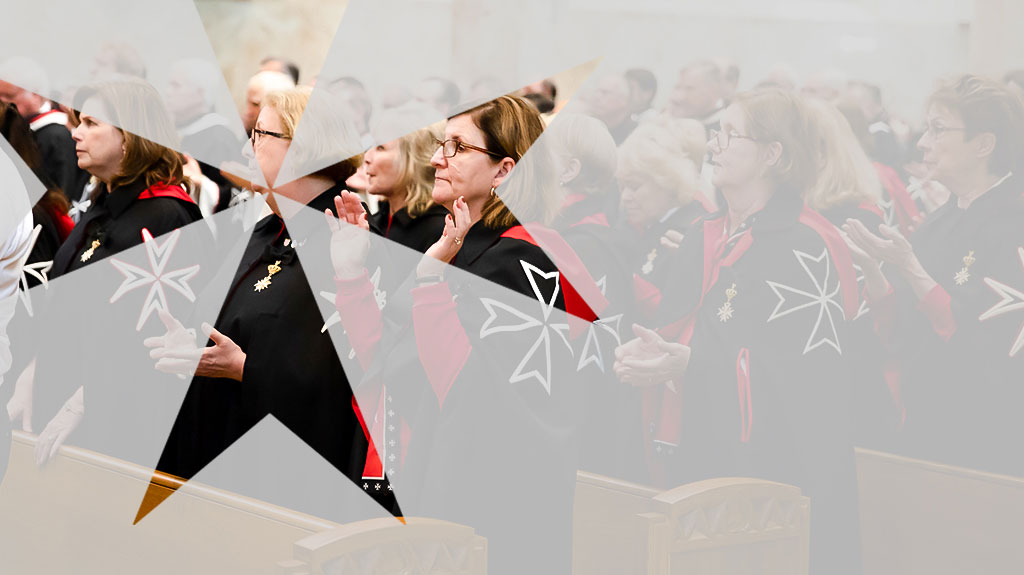September invites us to celebrate two liturgical feasts that are vivid reminders of God’s mercy. The first is the September 8th anniversary of the birth of Mary, honored among members of the Western Association of the Order of Malta as our patron, Our Lady of Philermo. The gospel reading for the day’s Mass is the beginning verses of St. Matthew’s account, a record of forty-two generations, from Abraham to Joseph, the husband of Mary.
In his letter for this Year of Mercy, our Holy Father observes, “By virtue of mercy, all the events of the Old Testament are replete with profound salvific import. Mercy renders God’s history with Israel a history of salvation.” (Misericordiae Vultus, 7) Nothing illustrates these words more clearly than Matthew’s genealogy. The names present a comprehensive picture of our humanity, and prove that when God’s Word became flesh, that flesh was none too distinguished; in the Incarnation, God overlooked a great deal. But in choosing Mary to be Joseph’s wife and Jesus’ mother, God did not overlook the importance of trust, commitment, obedience and self-control.
Mary’s birth is not mentioned in our savior’s genealogy, but it is the necessary link between the forty-two generations Matthew does mention, and our hope of everlasting life. Mary’s birth begins the sea-change in. Matthew’s otherwise rather narrow history of the human heart. “Her soul,” Pope Benedict XVI wrote, “was the space from which God was able to gain access into humanity.”
We call Mary our Mother of Mercy, and her birth takes forty-two generations of betrayal, disloyalty, and mistrust, and transforms them into a message of hope for the weary, justice for the oppressed, and love for those who had come to think themselves unlovable. “No one has penetrated the mystery of the Incarnation like Mary. Her entire life was patterned after the presence of mercy made flesh. [She] has entered the sanctuary of divine mercy because she participated intimately in the mystery of His love.” (MV, 24)
The second liturgical feast to call special attention to God’s Mercy is the September 15th tribute to Mary as Our Lady of Sorrows. Our Holy Father observes, “At the foot of the cross, Mary, together with John, the disciple of love, witnessed the words of forgiveness spoken by Jesus. This supreme expression of mercy towards those who crucified him show us the point to which the mercy of God can reach.” (MV, 24)
The cross is a paradox: an instrument of shame and the means of our salvation. At the foot of the cross is Mary, weeping. Some early Church Fathers interpreted these tears to mean Mary was as prone to sin and doubt as the rest of us. We do not have that option, so we must look elsewhere to understand Mary’s tears. The key is a little-discussed aspect of spirituality called “abandonment.”
God never forgets us, but can withdraw – if momentarily – so we may realize the infinite abyss of our human infirmity. This is unquestionably hard to acknowledge at the time, but if we infer – correctly – that God is apt to invite us to experience our own Calvary, we must be grateful Mary has made the journey before us. “May the sweetness of her countenance watch over us… so that all of us may rediscover the joy of God’s tenderness.” (MV, 24) The Pontiff’s words echo those of the sequence for the day’s Mass: “Make me feel as you have felt; make my soul to glow and melt with the love of Christ my Lord.”

